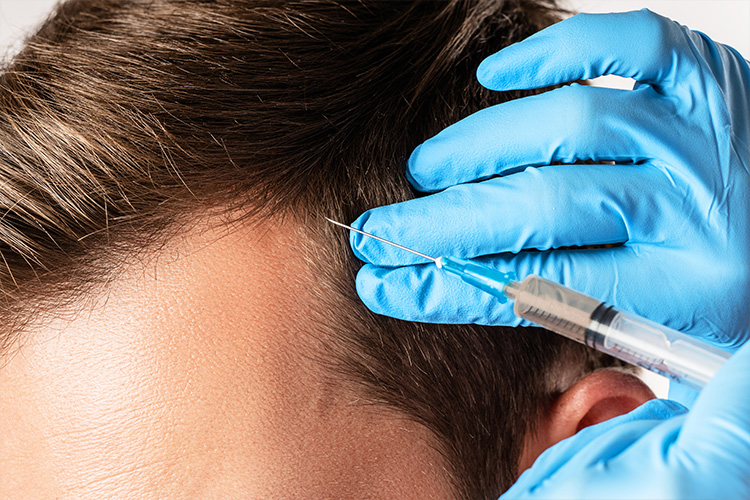- Kartaltepe Mahallesi İncirli Caddesi Limon Çiçeği Sokak No: 1 34145 Bakırköy İstanbul
- +90 541 548 52 47

Does Diet Cause Hair Loss?
01/07/2023
In Which Situations Does Hair Transplantation Fail?
13/07/2023In cases where the scalp is damaged, permanent hair loss may occur. We consider the hair loss caused by all accidents, big or small, affecting the scalp, such as fire, traffic accident, spilling hot oil or boiling water, falling, and impact as burnt alopecia. These and similar situations require more precision in hair transplant surgery. The clinical findings of the studies on the effects of adipose tissue on the hair growth cycle; shows that the application of fat grafting before hair transplantation works quite well in cases of burn alopecia. Autologous fat transfer is considered as a promising alternative treatment in cases of burn alopecia. The discovery that fat cells promote hair growth isn't just for burnt alopecia; It is also an exciting development for male and female pattern hair loss. This move to bring the scalp to life increases the success of hair transplantation results.
Tehran University of Medical Sciences Skin and Stem Cell Research Center shared the following case report in an article on the effects of autologous fat transfer in post-traumatic alopecia:
A 28-year-old female patient rides the carousel as a child and gets her hair caught in the carousel. As a result, the scalp lifts. She suffers from permanent hair loss, which leaves scars due to the trauma.
Researchers who said that the patient applied to the clinic with a very severe alopecia appearance, stated that before the fat transfer application; is medically healthy, does not use any medication, and has a body mass index within normal limits; They state that they do not have chronic diseases such as hypertension and diabetes, and that their thyroid functions are working normally. 60 ml of adipose tissue is taken from the patient, whose health conditions are assured, by liposuction in the operating room environment. First, only a part of the purified adipose tissue is injected into the patient and it is waited for 3 months to observe whether it will cause any complications. At the end of the 6th month, the third injection is completed.
As a result of the research-based treatment of this case; It is concluded that autologous fat transfer can initiate and stimulate the hair growth cycle.
Adipose tissue is an easily accessible source for mesenchymal stem cells. This and all similar scientific and experimental research; shows that adipose tissue has a great potential for healthy hair growth.
FAT is a Hair Transplant Method Performed by Autologous Fat Transfer
With the FAT hair transplantation that I performed with the autologous fat transfer application; I get very satisfactory results from both burn alopecia cases and my patients who have permanent hair loss problem due to androgenetic alopecia. Based on the principle of improving the scalp before hair transplantation and making it efficient for hair transplantation, FAT both optimizes the results of hair transplantation and increases the resistance of existing hair.
Is FAT Effective in All Cases of Burn Alopecia?
The case report I just shared belonged to a young woman whose scalp was severely damaged in childhood. The results of the treatment were followed up at periodic intervals and positive opinion was reported. However, we cannot talk about 100% certainty in every case and in every situation. As I mentioned at the beginning of the article, burn cases are more difficult; requires a different level of care and sensitivity. When and how much the scalp is damaged is very important for the results of the treatment. With the application of autologous fat transfer, inspired by the healing and regenerative properties of stem cells, satisfactory results can be obtained in burnt alopecia. However, in some cases where the scalp is severely damaged, a more traditional method such as FUT hair transplantation may be required.




